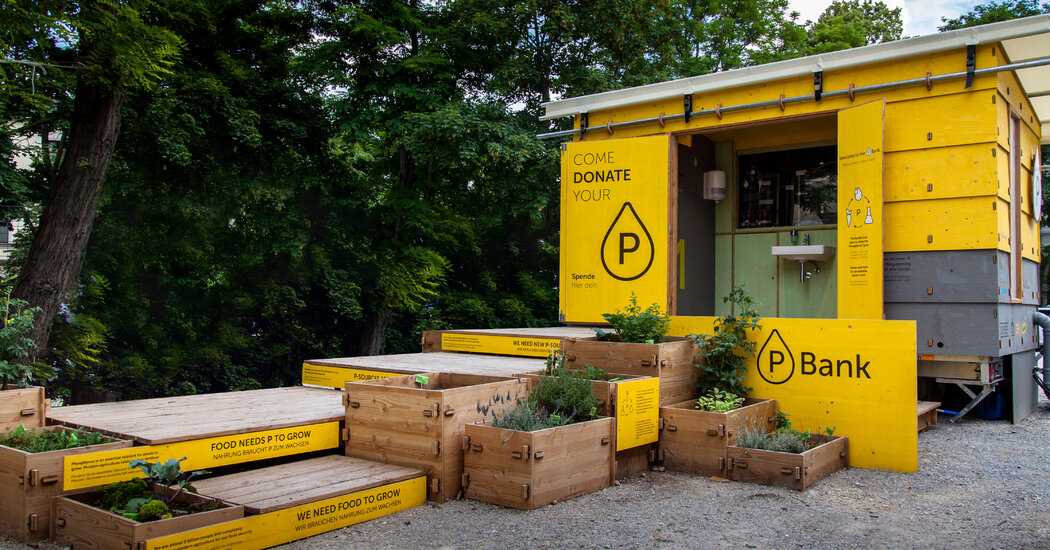
This article is part of our Design special section about water as a source of creativity.
In the science fiction epic “Dune” (books and movies alike), the people who inhabit the brutally harsh desert planet Arrakis wear garments called stillsuits that allow them to drink their own recycled bodily waters.
These full-body survival suits, which look a bit like a techy version of an insect’s hard upper shell, absorb moisture from sweating and urination and filter out impurities to make potable water. This water is stored in pockets and sucked through a tube.
If this sounds like magical sci-fi thinking, the principle is similar to wastewater recycling systems already used in some water-stressed regions of the world.
And in space. Last year, NASA announced 98 percent of wastewater on the International Space Station was being recovered by a new system that distills sweat, urine and other moisture in the cabin into clean drinking water.
Waterborne infrastructure is largely taken for granted by those fortunate enough to have flushing toilets. But why does this technology persist? Does it make sense that vast quantities of fresh water are used to flush away human waste, while, according to UNICEF, about 1.5 billion people in the world still lack basic sanitation? Along with discarding a precious resource — in urban areas as much as 30 percent of fresh water is used to flush toilets — we are losing valuable nutrients that are needed in food production by not reclaiming them.
A number of recent initiatives, some more dreamy than others, propose to stanch the flow of flushed water. But the challenges are immense, given the cost of redesigning infrastructure for human wastewater disposal and implementing it on a global scale.






